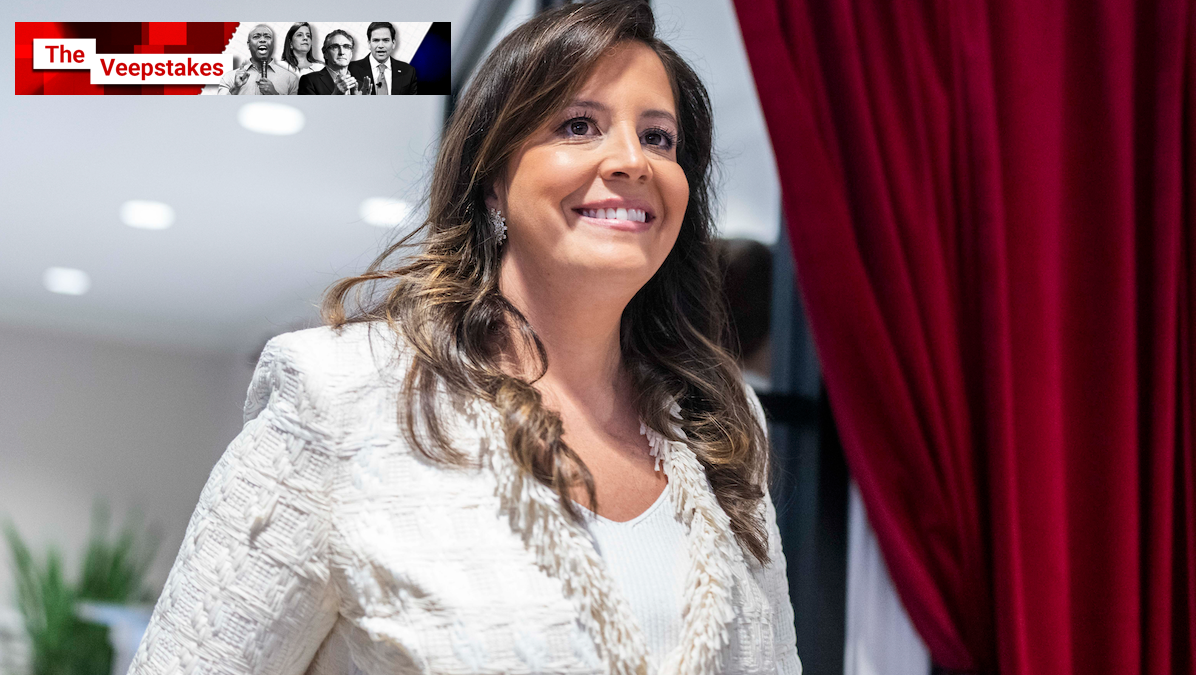Rep. Elise Stefanik of New York, a rising star of the GOP, is one of the few women on former President Donald Trump’s vice president shortlist.
When Stefanik first entered the national political scene in 2014, she was considered the new face of the Republican Party. At the time, she was the youngest woman ever elected to Congress and widely considered a moderate. Fast-forward to 2024, and Stefanik has drastically shifted to the right. She’s a full-blown MAGA Republican, routinely defending Trump and echoing his talking points – including the white nationalist “great replacement” conspiracy theory.
As chair of the House Republican Conference, Stefanik is one of the most powerful GOP lawmakers in the lower chamber and knows the inner workings of Washington. Stefanik gained a lot of attention this year over her criticism of university presidents in relation to protests over the war in Gaza and antisemitism on campuses. She recently introduced legislation to impose penalties on “antisemitic universities.”
“Stefanik has as good a chance as anybody of becoming the VP. She's been a loyal Trump ally and has good connections in Congress,” says Jon Lieber, Eurasia Group’s managing director for the US. But he also notes that “it isn't remotely obvious that she brings to the ticket anything other than being a reliable Trump supporter, as she doesn't obviously help him appeal to moderate Republicans, women, or people of color.”
“Still, we don't know what Trump is looking for, and it could be that a friendly face is enough,” adds Lieber.
To learn about Trump’s other possible VP picks, check out our Veepstakes series here.
